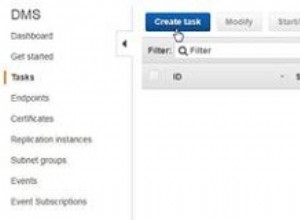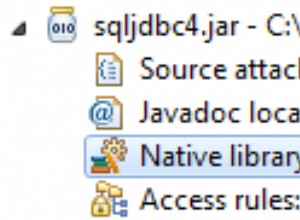Dans SQL Server 2005 ou plus récent, vous pouvez utiliser ce script :
-- drop PK constraint if it exists
IF EXISTS (SELECT * FROM sys.key_constraints WHERE type = 'PK' AND parent_object_id = OBJECT_ID('dbo.YourTable') AND Name = 'PK_YourTable')
ALTER TABLE dbo.YourTable
DROP CONSTRAINT PK_YourTable
GO
-- drop column if it already exists
IF EXISTS (SELECT * FROM sys.columns WHERE Name = 'RowId' AND object_id = OBJECT_ID('dbo.YourTable'))
ALTER TABLE dbo.YourTable DROP COLUMN RowId
GO
-- add new "RowId" column, make it IDENTITY (= auto-incrementing)
ALTER TABLE dbo.YourTable
ADD RowId INT IDENTITY(1,1)
GO
-- add new primary key constraint on new column
ALTER TABLE dbo.YourTable
ADD CONSTRAINT PK_YourTable
PRIMARY KEY CLUSTERED (RowId)
GO
Bien sûr, ce script peut toujours échouer, si d'autres tables font référence à ce dbo.YourTable en utilisant des contraintes de clé étrangère sur le RowId préexistant colonne...
Mise à jour : et bien sûr , partout où j'utilise dbo.YourTable ou PK_YourTable , vous devez remplacer ces espaces réservés par le réel les noms de table/contrainte de votre propre base de données (vous n'avez pas mentionné ce qu'ils étaient, dans votre question.....)




